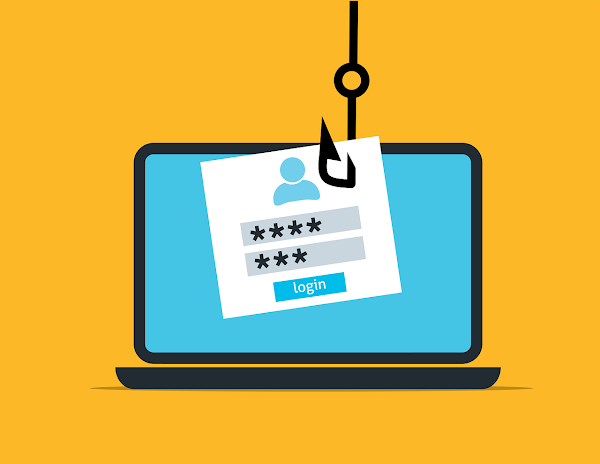US government organizations have recently published a joint cybersecurity advisory stating the indicators of compromise (IoCs) and tactics, techniques and procedures (TTPs) linked with the malicious LockBit 3.0 ransomware.
The alert comes through the FBI, the CISA, and the Multi-State Information Sharing & Analysis Center (MS-ISAC).
"The LockBit 3.0 ransomware operations function as a Ransomware-as-a-Service (RaaS) model and is a continuation of previous versions of the ransomware, LockBit 2.0, and LockBit," the authorities said.
Since the emergence of LockBit ransomware in 2019, the threat actors have invested in particular technical aids in order to develop and finely enhance its malware, issuing two significant updates, ie. Launching LockBit 2.0 in mid-2021, and LockBit 3.0, released in June 2022. The two versions are also termed LockBit Red and LockBit Black, respectively.
"LockBit 3.0 accepts additional arguments for specific operations in lateral movement and rebooting into Safe Mode[…]If a LockBit affiliate does not have access to passwordless LockBit 3.0 ransomware, then a password argument is mandatory during the execution of the ransomware," according to the alert.
Additionally, the ransomware is made to only infect computers whose language preferences do not match those on an exclusion list, which includes Tatar, Arabic, and Romanian (all of which are spoken in Syria) and Moldova) (Russia).
The ransomware is also designed to only infect devices whose language choices do not match those on an exclusion list, which includes Tatar, Arabic, and Romanian (all of which are spoken in Syria) and Moldova) (Russia).
The victim’s network is being accessed through remote protocol (RDP) exploitation, drive-by compromise, phishing campaigns, exploiting valid accounts, and weaponizing of public-facing applications.
Before starting the encryption procedure, the malware first attempts to create persistence, increase privileges, perform lateral movement, and purge log files, files in the Windows Recycle Bin folder, and shadow copies.
"LockBit affiliates have been observed using various freeware and open source tools during their intrusions[…]These tools are used for a range of activities such as network reconnaissance, remote access and tunneling, credential dumping, and file exfiltration," the agencies said.
One of the prime attributes of the attacks is the use of custom exfiltration tool, known as StealBit, authorized by the LockBit group to affiliates for double extortion reasons.
The LockBit ransomware strain has been employed against at least 1,000 victims globally, according to a November report from the US Department of Justice, earning the organization over $100 million in illegal revenues.
The Upsurge in LokBit Incidents
Dragons, an industrial cybersecurity reported earlier this year that LockBit ransomware was the one responsible for 21% of the 189 ransomware attacks detected against critical infrastructure in Q4 2022m in an account of 40 such incidents. For a fact, a majority of food and beverage and manufacturing sectors were impacted due to these attacks.
In its recent report, the FBI’s Internet Crime Complaint Center (IC3) ranked LockBit (149), BlackCat (114), and Hive (87) as the top three ransomware variants targeting the infrastructure sector in 2022.
Despite LockBit's prolific attack campaign, the ransomware gang was suffered a severe setback in late September 2022 when a dissatisfied developer of LockBit revealed the building code for LockBit 3.0, sparking concerns that other criminal actors would use the situation and produce their own variations.
The advisory comes months after antivirus company Avast offered a free decryptor in January 2023, at a time when the BianLian ransomware organization has switched its emphasis from encrypting its victims' files to straightforward data-theft extortion attempts.
In a similar development, Kaspersky has released a free decryptor to assist victims whose data has been encrypted by a ransomware variant based on the Conti source code that emerged after Russia's incursion of Ukraine last year caused internal strife among the core members.
"Given the sophistication of the LockBit 3.0 and Conti ransomware variants, it is easy to forget that people are running these criminal enterprises," Intel 471 noted last year. "And, as with legitimate organizations, it only takes one malcontent to unravel or disrupt a complex operation."














